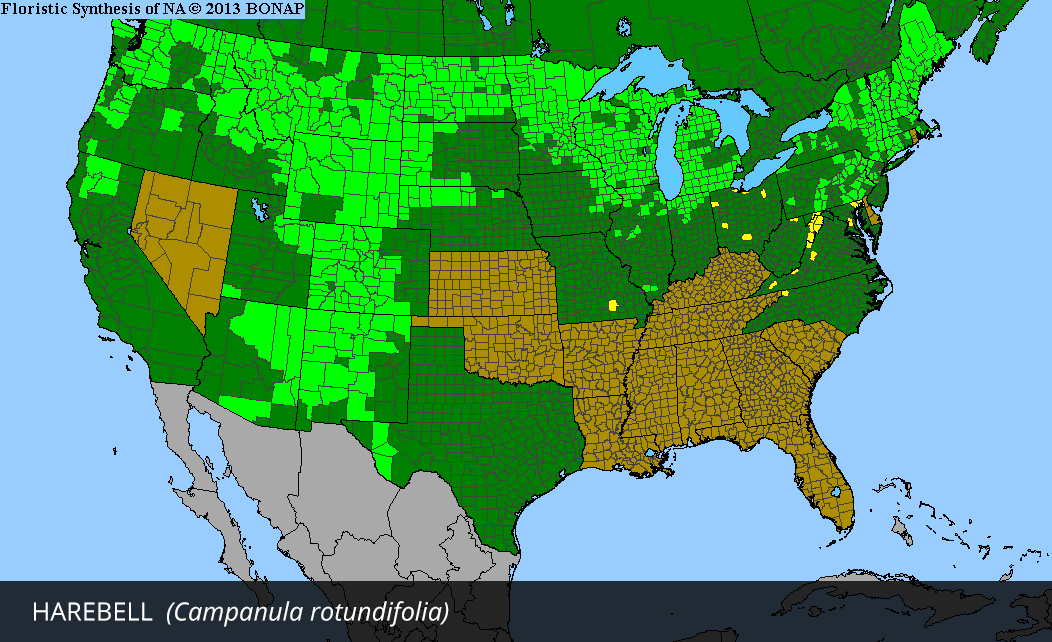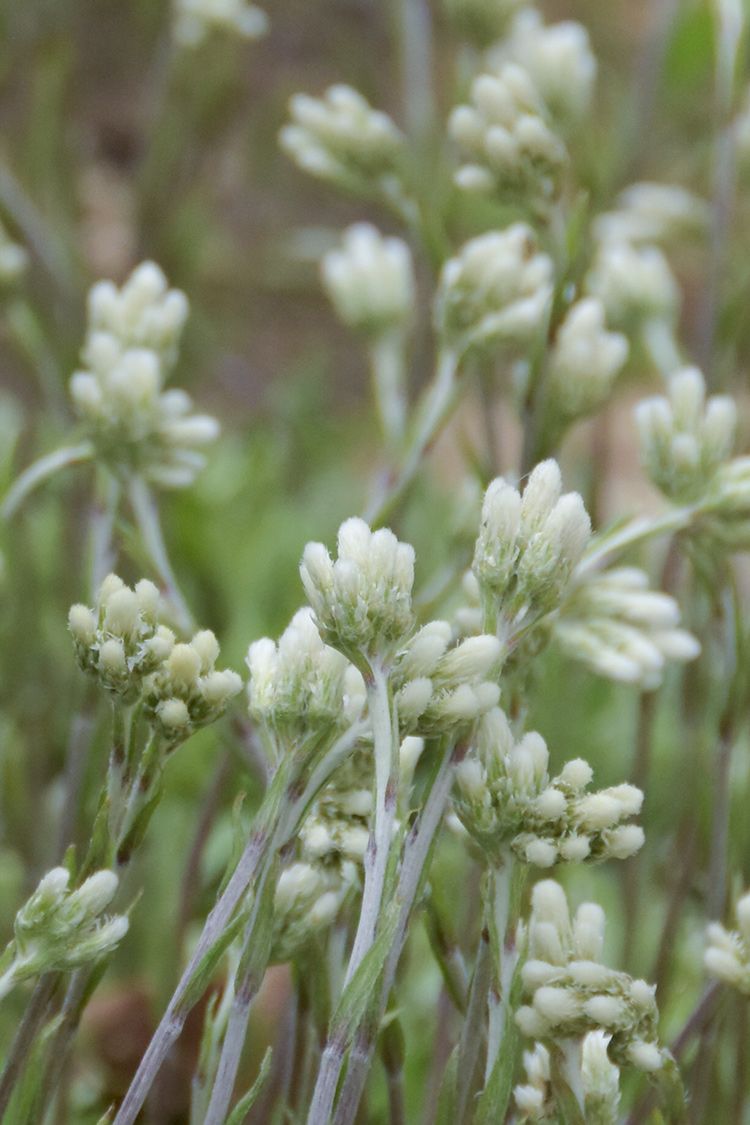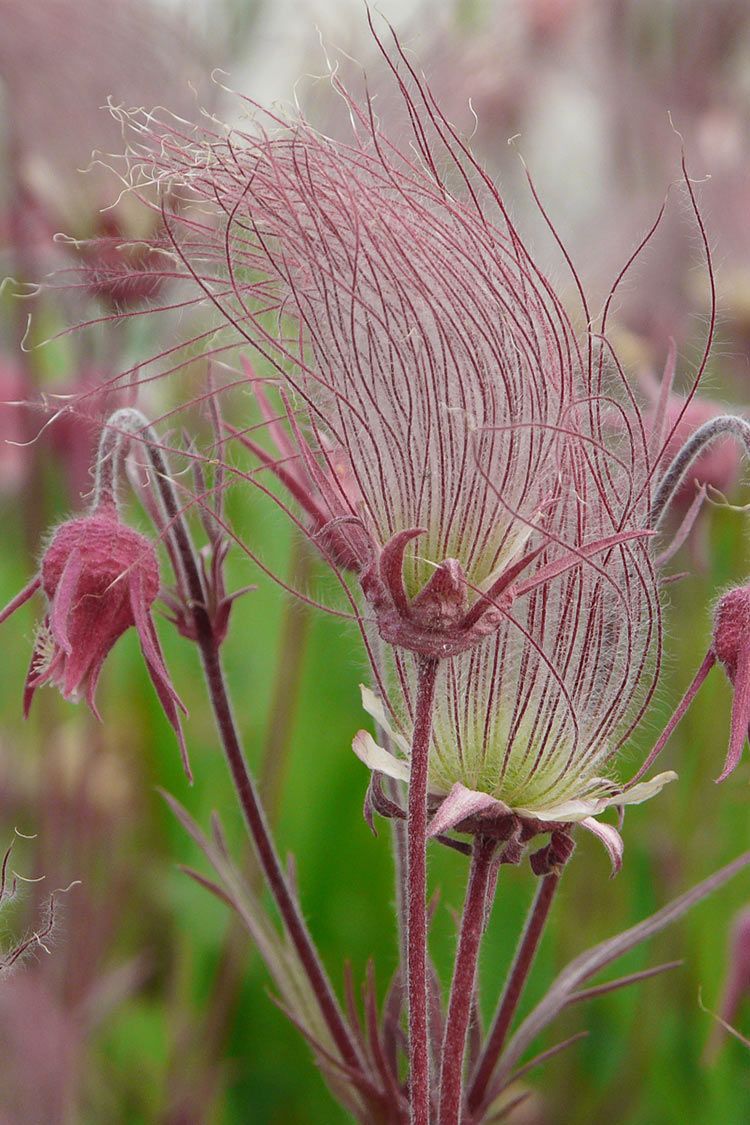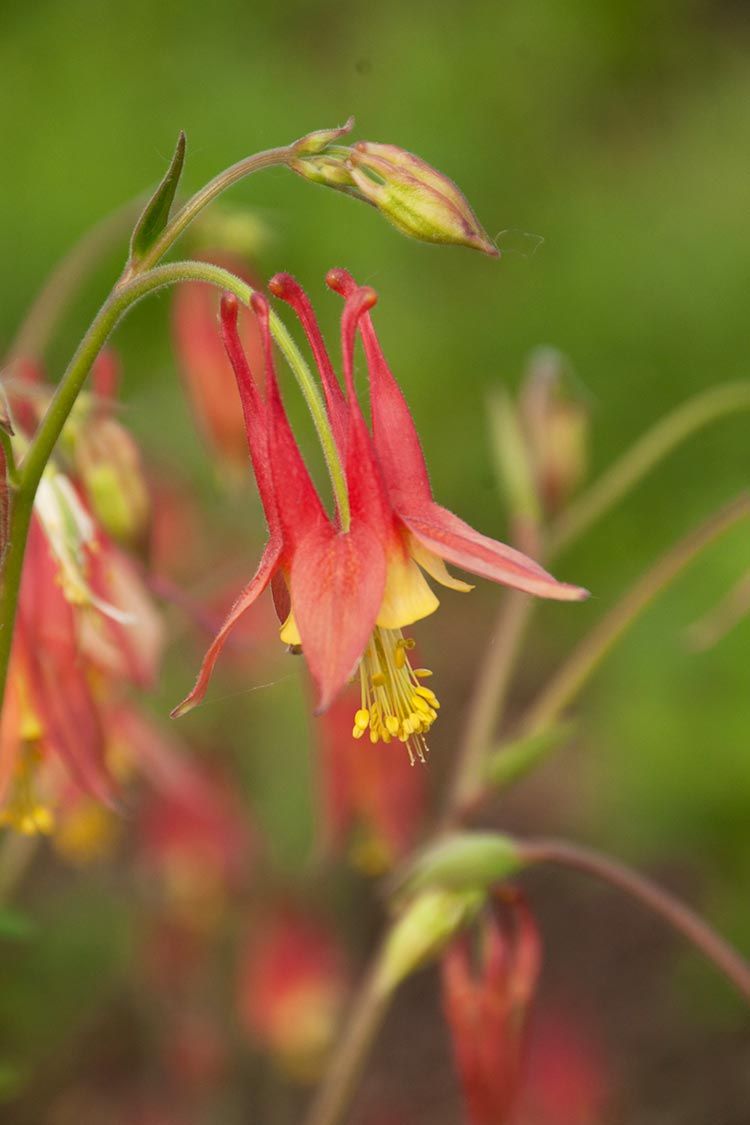Harebell
Harebell starts blooming in early summer and may continue into early fall. Beautiful blue-violet bell shaped flowers nod on slender stems up to 12 inches high. The wispy thread-like stems arise, sometimes single and sometimes in a cluster…
| Soil Type | Gravel, Sand |
|---|---|
| Soil Moisture | Dry, Medium |
| Sun Exposure | Full Sun, Partial |
| Height | 1' - 2' |
| Bloom Color | Lavender, Blue |
| Bloom Time | June, July, Aug |
| Spacing | 6" |
| Zones | 2, 3, 4, 5, 6, 7 |
| Root Type | Fibrous |
| Benefits | Pollinators, Hummingbirds, Deer Resistant |
Harebell (Campanula rotundifolia) starts blooming in early summer and may continue into early fall. Beautiful blue-violet bell shaped flowers nod on slender stems up to 12 inches high. The wispy thread-like stems arise, sometimes single and sometimes in a cluster, from a basal rosette. The basal leaves will often wither and disappear once the flowers start to form. Despite its delicate appearance, Harebell is actually a tough little plant. Extremely drought tolerant, it loves dry sandy and gravelly soils, rocky crevices and outcroppings, making it a great choice for rock gardens and semi-shaded slopes. Flowers can be deadheaded to encourage additional bloom.
Harebell is a "circumpolar" native species, found growing around the world in the Northern Hemisphere. The name is said to come from a folk belief that witches used the plant to transform themselves into hares. Another likely reference is that the basal leaves are the shape of a rabbit’s ear. Other common names include Scottish Bluebell, Bellflower, and Witches Thimble.







